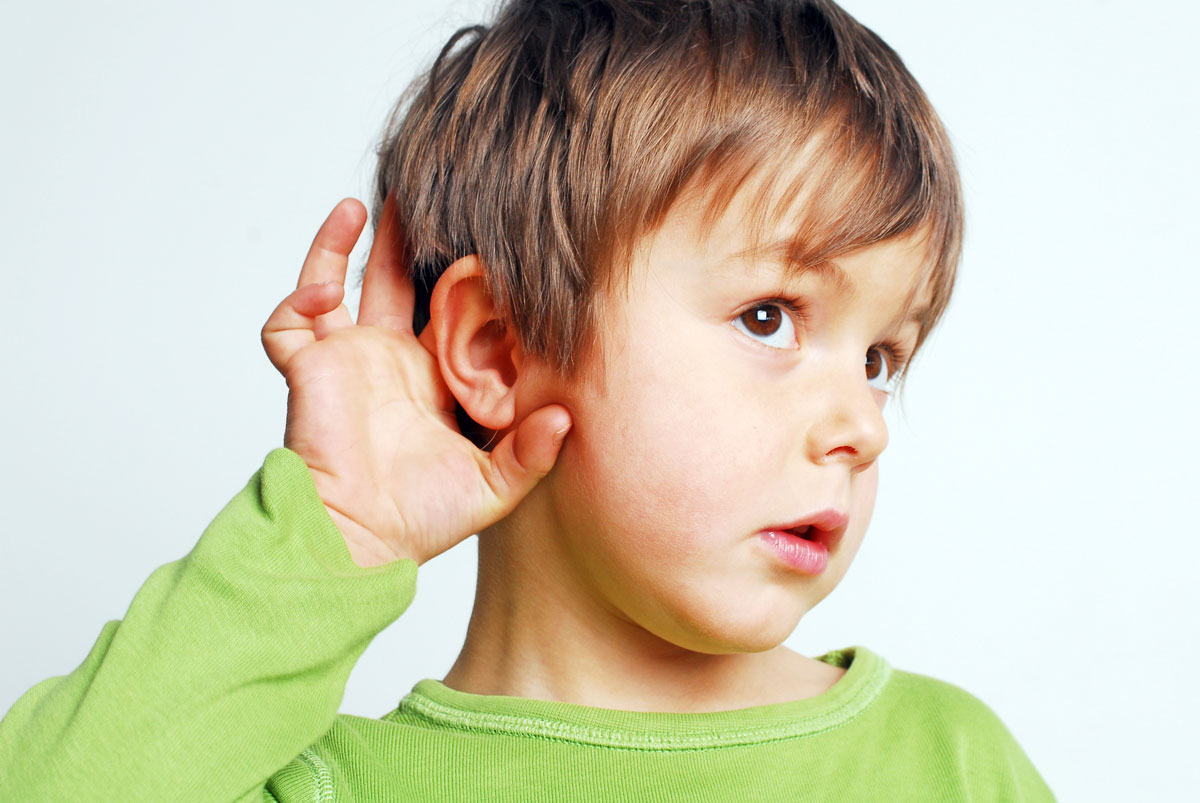 Acute otitis media causes pyrexia, fever and inflamed tympanic membrane. Occasionally the tympanic membrane can perforate leading to ear discharge. Usually the child will be irritable and unsettled both in the daytime and also at night. Sleep may also be disrupted.
Acute otitis media causes pyrexia, fever and inflamed tympanic membrane. Occasionally the tympanic membrane can perforate leading to ear discharge. Usually the child will be irritable and unsettled both in the daytime and also at night. Sleep may also be disrupted.
Treatment is usually symptomatic control with adequate pain relief with paracetamol and/or ibuprofen. If symptoms are persistent for two days or if pyrexic, antibiotics orally may be required. Acute otitis media may take up to one to two weeks to resolve.

Recurrent otitis media being three or more episodes in six months may warrant further review and assessment. Common predisposing factors include children in day care; children with frequent upper respiratory tract infections/snorty noses; exposure to cigarette smoke.
Otitis media with effusion or ‘glue ear’ is accumulation of fluid in the middle ear that is failing to resolve. Sometimes the effusions can be thick and therefore the term glue ear.
Children with glue ear tend not have acute pain but rather some degree of hearing loss and possible speech delay, learning difficulties at school and imbalance. There may also cause mild ear aches that can keep the child awake. Some younger children will pull or poke at their ears frequently as a result.
Often the care of a paediatric Ear, Nose and Throat surgeon will be involved in children with excessive middle ear issues. A hearing test including an audiology and tympanometry will usually be part of the ENT assessment.
If necessary, surgical intervention will usually involve grommet insertion under anaesthetic.
Tonsillitis
Tonsillitis symptoms include sore throat, difficulty swallowing, bad breath, fever, cervical lymphadenopathy and also disrupted sleep from the discomfort.
If a child has recurrent tonsillitis, it will be recommended to have a GP review to determine its severity. There are guidelines as to the frequency of tonsillitis to warrant an ENT assessment. Also, there should be consideration for the frequency of use of antibiotics, time off school and also time taken off work by parents to look after the child with tonsillitis.
Epistaxis
Anterior epistaxis is a common, usually self-limiting problem in children and settles with simple first aid measures. The anterior part of the septum (Little’s area) has a rich blood supply with anastomosis of blood vessels (Kiesselbach’s plexus) and bleeds most in children.
Trauma to Little’s area (e.g. nose picking, nasal trauma) is the commonest cause of epistaxis in children. Those with allergic rhinitis or dry noses may have increased risk of bleeding as well. It is also important to explore and ensure there is no family history of bleeding disorders needing further investigation.
Petroleum jelly or antibiotic ointment can be used as topical treatment initially. If the frequency or severity of epistaxis is excessive, silver nitrate cautery can be performed in the office.
Key messages
- Audiology and ENT input is needed for recurrent middle ear infections
- Guidelines indicate when ENT review is needed in tonsillitis
- Most paediatric anterior epistaxis are self-limiting
References available on request.
Questions? Contact the editor.
Author competing interests: None to disclose.
Disclaimer: Please note, this website is not a substitute for independent professional advice. Nothing contained in this website is intended to be used as medical advice and it is not intended to be used to diagnose, treat, cure or prevent any disease, nor should it be used for therapeutic purposes or as a substitute for your own health professional’s advice. Opinions expressed at this website do not necessarily reflect those of Medical Forum magazine. Medical Forum makes no warranties about any of the content of this website, nor any representations or undertakings about any content of any other website referred to, or accessible, through this website.

